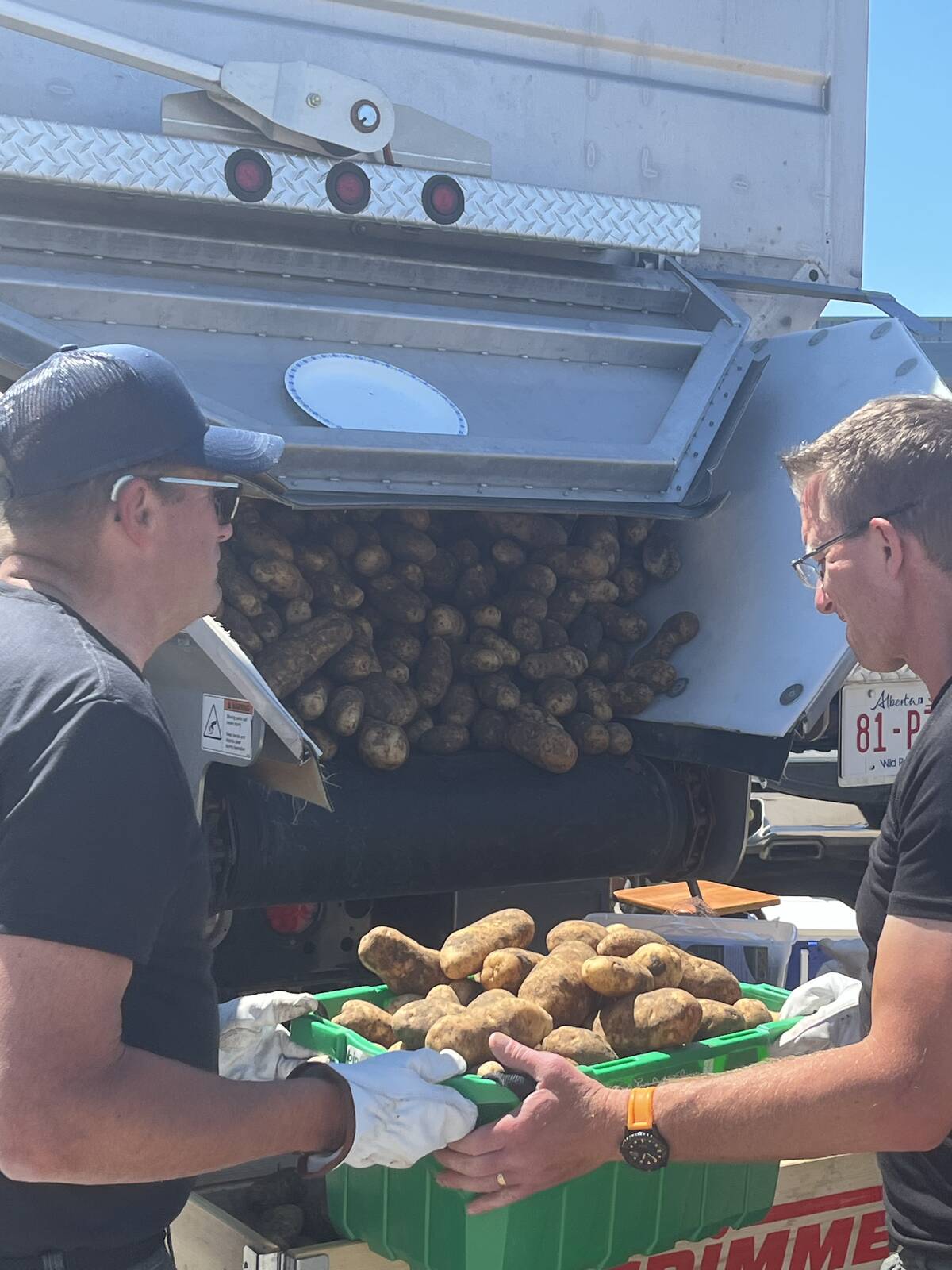Most crops off to good start

SASKATOON — Crops are off to a quick start on the Canadian Prairies and are looking good for the most part, although there are mounting dryness concerns in many areas.
“For most regions, seeding has gone really well, and that’s a really good start to the crop season,” said Kim Stonehouse, crops extension specialist with Saskatchewan Agriculture.
Seeding was 88 per cent complete as of May 26, which is ahead of both the five-year average of 82 per cent and the 10-year average of 85 per cent.
Read Also


Free spuds recognize international potato day
The lower-cost potato vegetable compared to other produce items is a key to global food security and overall nutrition
Cropland topsoil moisture is rated four per cent surplus, 65 per cent adequate and 27 per cent short.
There are dryness issues in the northeast and west-central portions of the province, but nothing a good rain can’t fix.
“I don’t know that I’ve ever seen somebody lose a crop in May,” said Stonehouse.
Three-quarters of the spring cereals, oilseeds and pulses are experiencing normal crop development.
Some crops in the northern part of the province are ahead of normal development due to early seeding and a lack of weather interruptions.
“It is also an indication of dry conditions. In dry conditions, plants can tend to speed up,” said Stonehouse.
He did not specifically ask his crop reporters about emergence, but some in the southeast reported good emergence, while others in the northeast said it appears patchy.
There has been minor insect and frost damage, but nothing to fret about.
“Wind and dry conditions are probably the things I would worry most about. They can cause the most damage and reduce yields drastically,” said Stonehouse.
“Warm, windy conditions dry the topsoil out very quickly, which will starve the plants of moisture.”
Seeding was 90 per cent complete in Alberta as of May 27, ahead of the five-year average of 81 per cent.
Crop emergence was 57 per cent, well above the five-year average of 37 perc ent.
“Although recent rainfall provided some short-term relief, warm and dry winds have led to reduced soil moisture levels,” said Roy Larsen, director of the statistics and data development section of Alberta Agriculture.
Surface moisture levels are rated 55.8 per cent good to excellent. That compares to the five-year average of 68.6 per cent.
“Without adequate moisture, this could become a concern for sustained crop and pasture development, but it’s early,” he said.
Manitoba got a good jump on seeding this year, which helped get things off to a nice start in that province.
“Crops are looking good in general across the province,” she said.
Seeding progress was 85 per cent complete as of May 27, which is well ahead of the five-year average of 69 per cent.
“For most crops when you seed earlier, we do have higher yield potential,” said Anne Kirk, cereal crops specialist with Manitoba Agriculture.
Winter wheat and fall rye survival and growth looks terrific. Fall rye is heading out.
Seasonal accumulations of rain in Manitoba were close to normal for the May 1-25 period.
The eastern region and eastern portions of the Interlake region had accumulations of less than 60 percent of normal.
However, the southwest and parts of the central region have received more than 150 percent of the 30-year average.
Spring cereal seeding is almost complete with some of the earliest planted crops already at the three-leaf to one-tiller stage of development.
Canola seeding was 76 per cent complete as of May 27.
“There have been some reports of flea beetles and some issues with canola emergence due to some crusting on the soil,” said Kirk.
Some peas are already in the two to three node stage of development.
“Emergence in general has been a little slow and a little stagey, just due to some of the drier conditions and the fluctuating temperatures,” she said.
Dryness is a concern in some parts of the northwest, Interlake and eastern regions, but there is standing water in some fields in the southwest.
“Most producers would be happy to have some rain,” said Kirk.
Stonehouse said now is a good time to remind farmers to be careful around hot equipment given the dry conditions in some regions of the Prairies.
“Keep a fire extinguisher handy or a water truck close by, if possible,” he said.
Source: producer.com


